
One of the first projects I worked on while in Australia was at the W. James Whyte Island Reserve. What a beautiful place! The Island is located just west of Melbourne, running between the Werribee River and Myrniong Creek. As the two bodies of water come together, the land forms an island-like area, which has given the spot its nickname.
The park is named after W. James Whyte, who donated the land to Conservation Volunteers of Australia in 2006. The land had been used for cow grazing for many years. So the land was bare. Since the area connects to Werribee Gorge State Park, a plan was developed to reintroduce the land back to the natural environment. CVA has worked tirelessly over the year to accomplish this by improving biodiversity and habitat values.
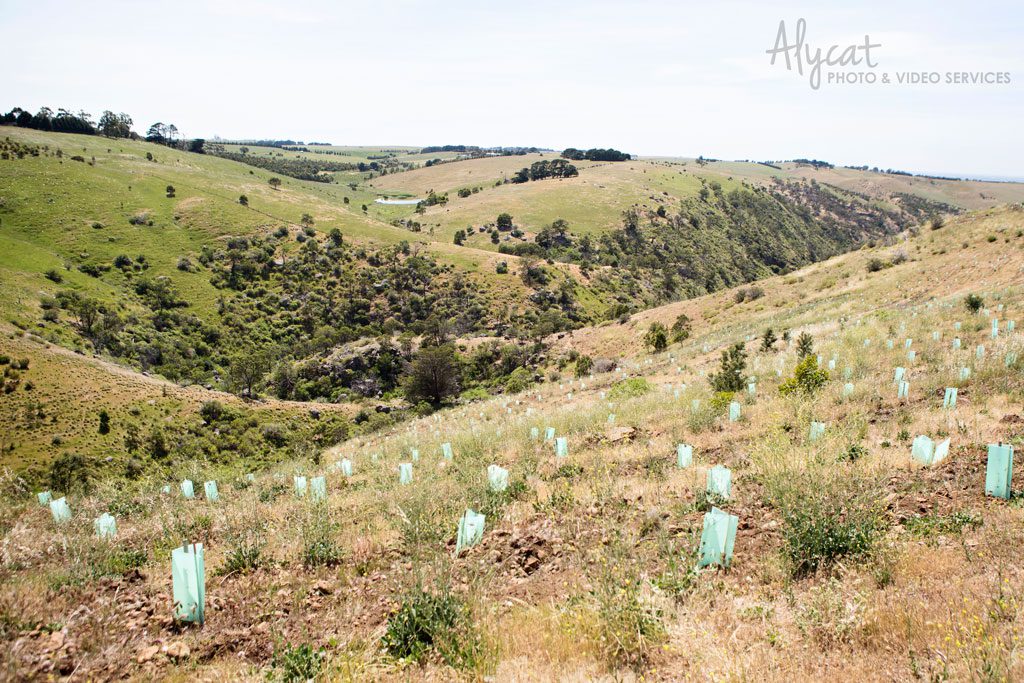
The most important step has been to reintroduce native species of trees to the area. Given the hilly landscape, this has proven to be a huge undertaking.
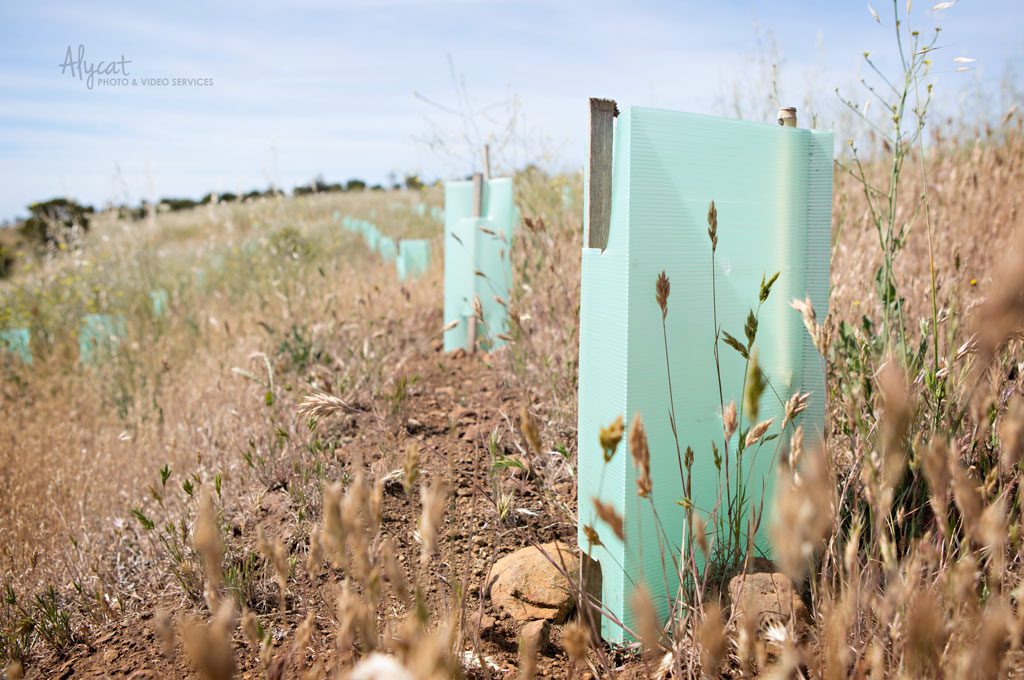
Each of these blueish green containers protects a seedling. The hills are dotted with these containers, each section featuring trees in different states of growth. The larger trees stand out against the bare landscape to The Island. So it is easy to see the incredible progress that has been made so far.

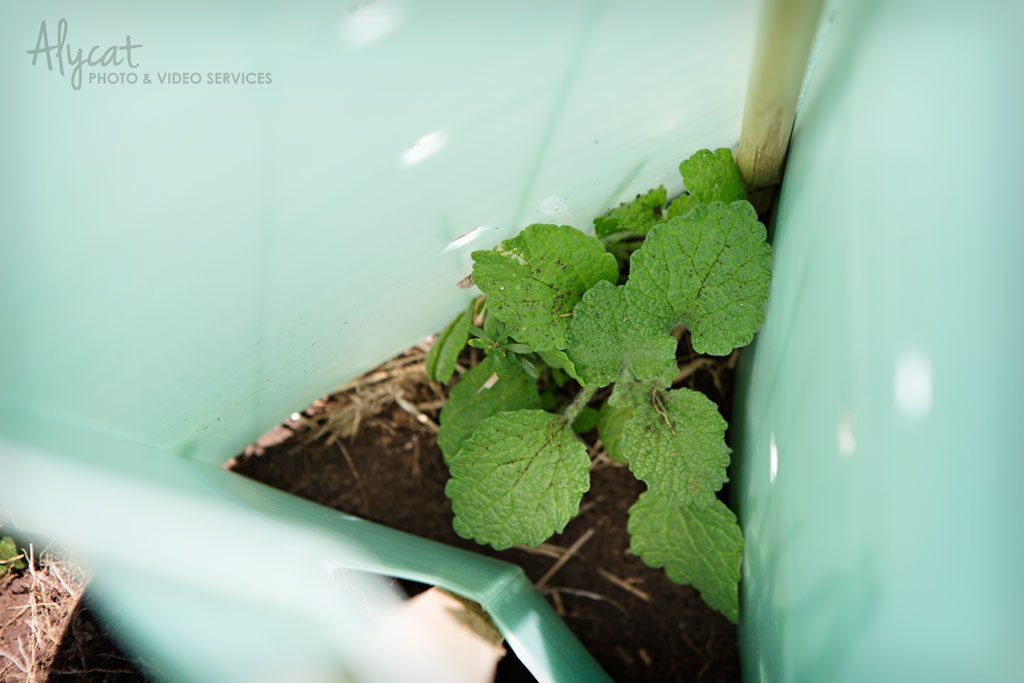
The future of The Island!

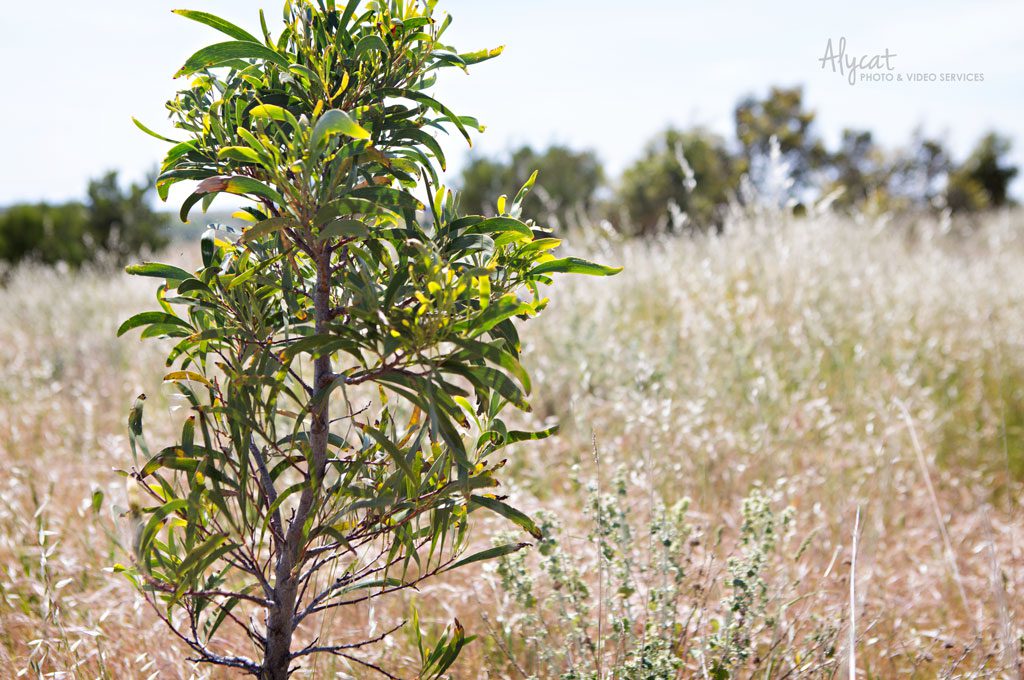

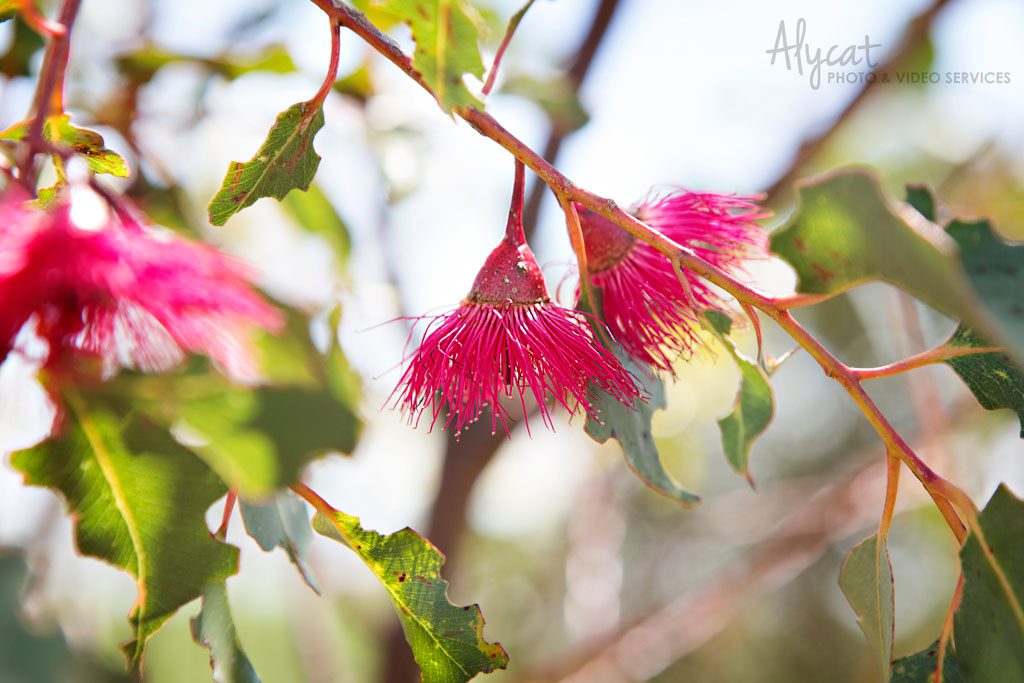

One of my favorite spots on our tour was at the Island Overlander Track Lookout. The view of Werribee Gorge State Park from the lookout is breathtakingly beautiful! You can see where the rivers come together creating a spectacular valley though the mountains. The sheer rock faces make that area popular with climbers, although we could not see any out on this particular day.


Most of these trees have been planted by volunteers in the area. CVA credits the success of the project to the involvement of the community. Church groups, companies and individuals all come out on a regular basis to plant more trees and tend to the area. It makes the work already accomplished that much more impressive!
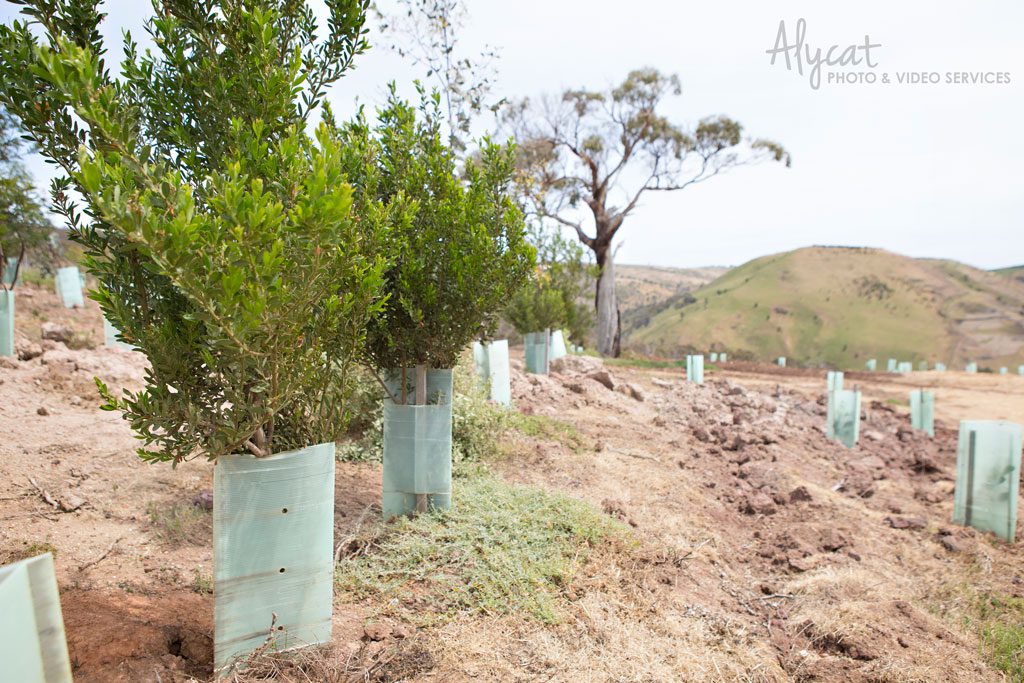
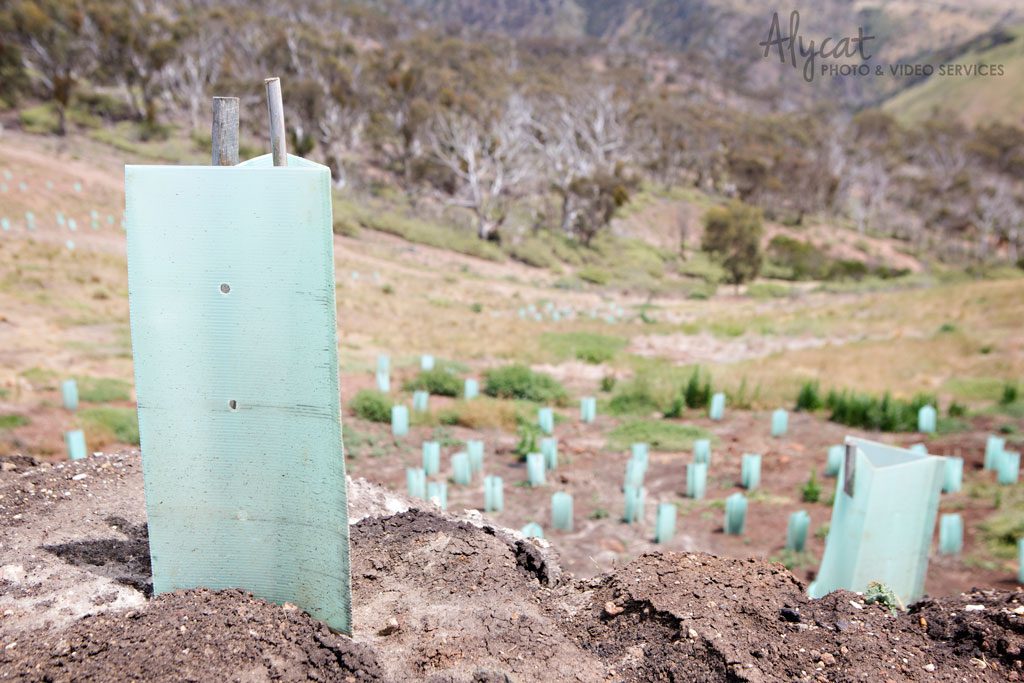
The transformation taking place at The Island is amazing! There is a huge push across Australia to return areas to their native state. Much of this involves reintroducing the trees that have been wiped out and cleared. The W. James Whyte Island Reserve is a perfect example of how the community is coming together for this important cause.
You can learn more about the Island by visit the Conservation Volunteers of Australia website: http://www.conservationvolunteers.com.au/about-us/land-management/the-island